Like all other fruit trees, Avocado trees need extra nutrients to produce their fruits. In particular, they need nitrogen and a small amount of zinc. Avocado trees do not grow deep roots, which must be kept in mind when planting and fertilizing. Generally, fertilizer is worked in the top foot or more soil and is spread over the place. Let’s check out the best fertilizer for Avocado.
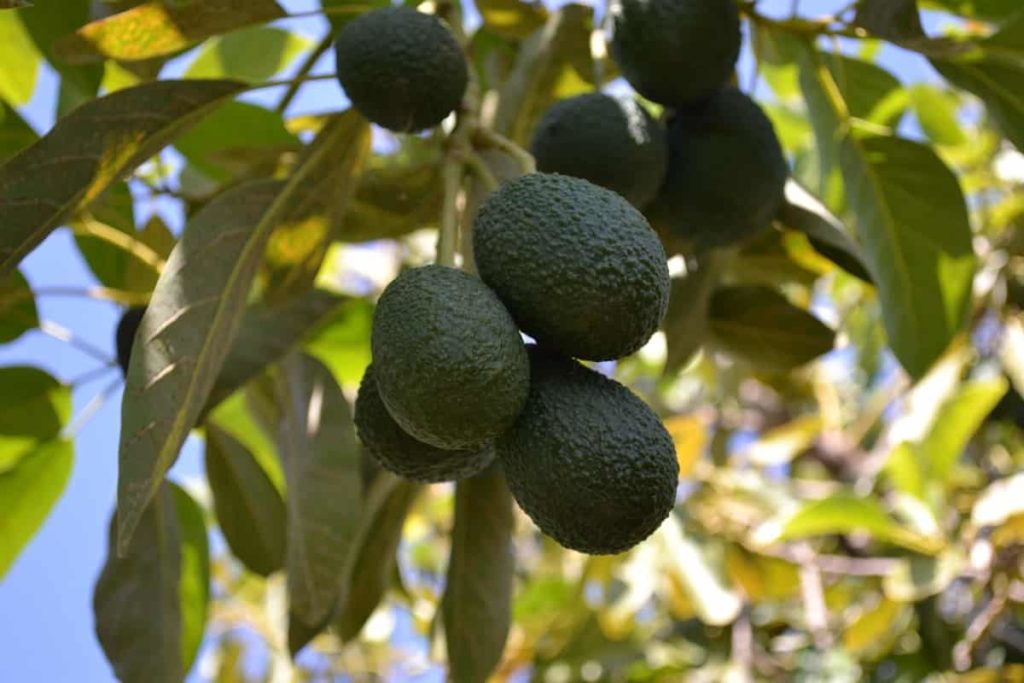
Avocado trees only need fertilizer in the top six inches of soil, so they will usually use less fertilizer than those with deep roots. The Avocado trees want nitrogen for vegetative growth, phosphorus for healthy roots and buds, potassium for abundant fruits. In addition, the plant needs a small number of other nutrients such as calcium, magnesium, sulfur, boron, zinc, iron, and manganese to complete the life cycle.
It’s sometimes hard to know when your Avocado tree lacks nutrients and needs fertilizer, but there are ways your Avocado tree can tell you.
- Yellow Leaves
- No new developments
- Lack of flowers or fruits
- small fruit
While these symptoms are a good sign of nutrient deficiency, it is not the only reason for them. For example, bending over Avocado trees or brown leaves is often caused by less water. Also, lack of fruit can only mean that your Avocado tree is still young and needs to mature.
Best Fertilizer for Avocado
Compost manure for Avocado
Avocado trees benefit from compost, compost tea, worm castings, and fish emulsion. Spread 3 inches thick manure twice a year around the tree’s dripline. Avocado trees also respond well to watering by adding manure tea or worm pouring. Mixing a packet of thin fish emulsion and then mixing it with water as per the instructions in the packet will provide a lot of nutrients to the tree.
Manure
Animal droppings that are commonly used to make manure include goats, cows, chickens, or sheep. In addition to animal waste, fertilizer can also come from animal urine which makes fertilizer in the form of liquid. Ingredients such as phosphorus, potassium, nitrogen, calcium, magnesium, sulfur, sodium, iron, and copper included in manure are very useful for Avocados.
In case you miss this: Avocado Growing Tips, Ideas, Secrets, and Techniques
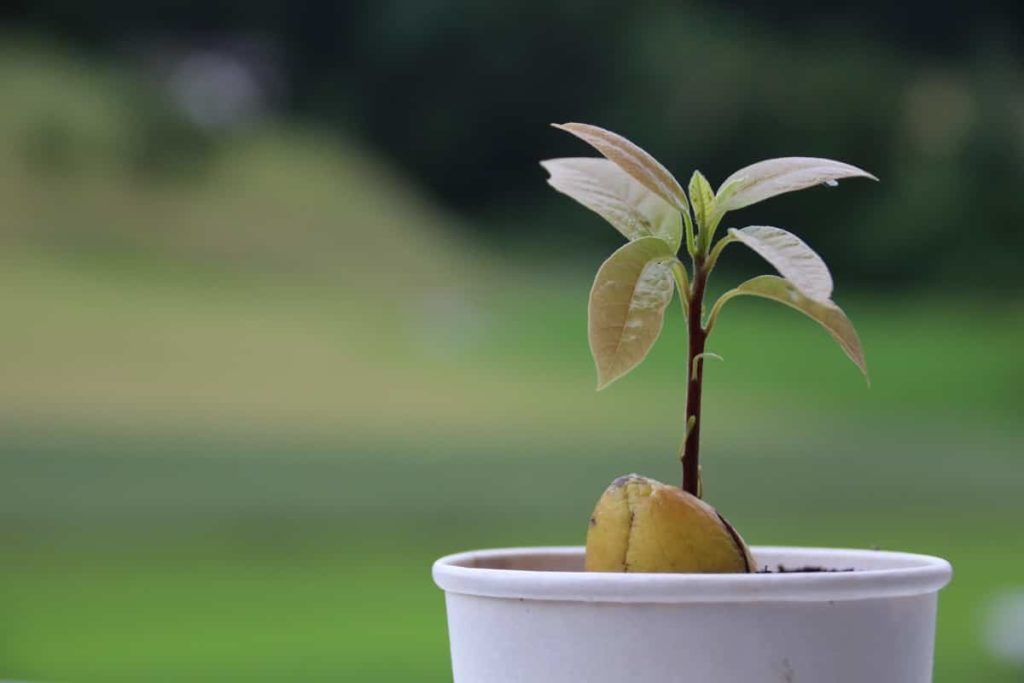
Green fertilizer
Green fertilizer is the manure that comes from the rest of the crop or comes from plants. The method of its use is very simple, where the green plant will be buried while it is still green or can also be composted. Green manure is suitable for use as fruit fertilizer as it has the benefits of increasing organic nutrients in the soil.
Homemade fertilizers for Avocado
Coffee grounds
Nitrogen is the essential factor for the proper growth of any plant. When it comes to natural sources, coffee grounds are great as the source of natural nitrogen. This can affect the growth of a large number of green and dark leaves by applying them to Avocado trees. But, too much of it can cause fruit reduction. So, if your plants already have healthy leaves that don’t have yellow spots, it means they don’t need any nitrogen. And in this case, you shouldn’t even put coffee grounds on your Avocado trees. If there is a deficiency apply it only.
Epsom salt
Epsom salt is rich in magnesium which requires Avocado trees to protect themselves from chlorosis. Since the need is minimal in amount, you should not overuse it.
Eggshells
The eggshell contains calcium. It is an essential nutrient for plants as it produces cell walls. That means eggshells are also good for your Avocado trees.
Banana peel
Cut the banana peel and fishbone. Dry them in full sun and grind individually. Mix a cup of coffee ground, a cup of banana peels, one/two cups of egg peels, a cup of fishbone, one tablespoon of Epsom salt, and a tablespoon of chelated iron. Apply 1 cup of this mixture on your Avocado tree and water the plant.
In case you miss this: Growing Avocado in Containers/Indoors – a Full Guide
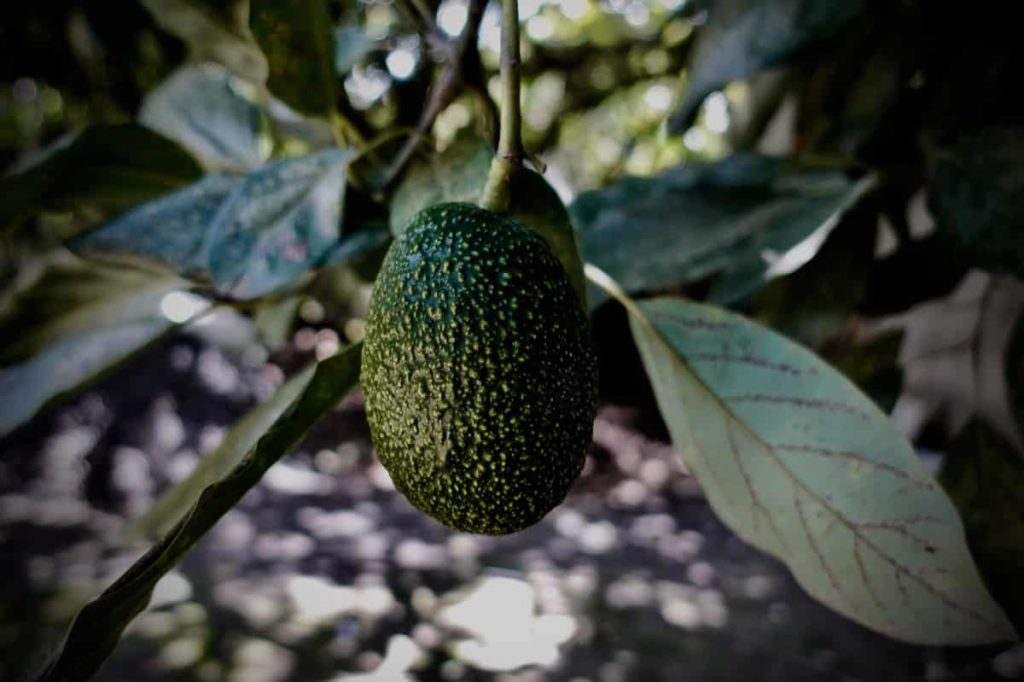
Natural fertilizers for Avocado
Avocado trees have thin roots that take advantage greatly of mulching. Immediately after planting your Avocado trees, spread thick mulch around them. The best mulch for Avocado is wood, with pieces of about 2 inches in diameter. Both the cocoa bean and tree bark mulch are the best options. Make the mulch about 6 inches deep and keep it 6 to 8 inches away from the tree stem.
Organic and liquid fertilizers for Avocado
- The applications of lime/dolomite/rock phosphate and blood and bone are beneficial depending on the level of nutrients of natural soil.
- You can fertilize Avocado trees with fish emulsion every month for the first year.
- The seaweed extract has been widely used on Avocados and has been evaluated for its beneficial effects. It helps in the growth of roots during flush periods.
Commercial fertilizers for Avocado
NPK ratio
Avocado trees thrive with fertilizers often used for citrus trees. They need enough nitrogen to thrive. For this reason, if possible, try to keep your tree away from the lawn, as the nutrient competition can leave it with a reduction. The best fertilizer for Avocado trees is a 2:1:1 (nitrogen, phosphorus, and potassium) ratio, such as 6-3-3. For best results, fertilizer should also come from organic, slow-release, and a respectable brand. A standard fertilizer means more nutrient use up to your Avocado tree, which means more fruit.
If you are growing Avocado trees in alkaline soil, whether you have independently modified the soil with sphagnum peat moss, it takes a year or two for the pH of the soil to adjust itself. Your Avocado tree will require foliar applications of chelated iron supplements. You will know if your Avocado tree is iron deficient as the new leaves will be green in veins and yellow in margins.
In case you miss this: Avocado Seed Germination, Time, Temperature, Process
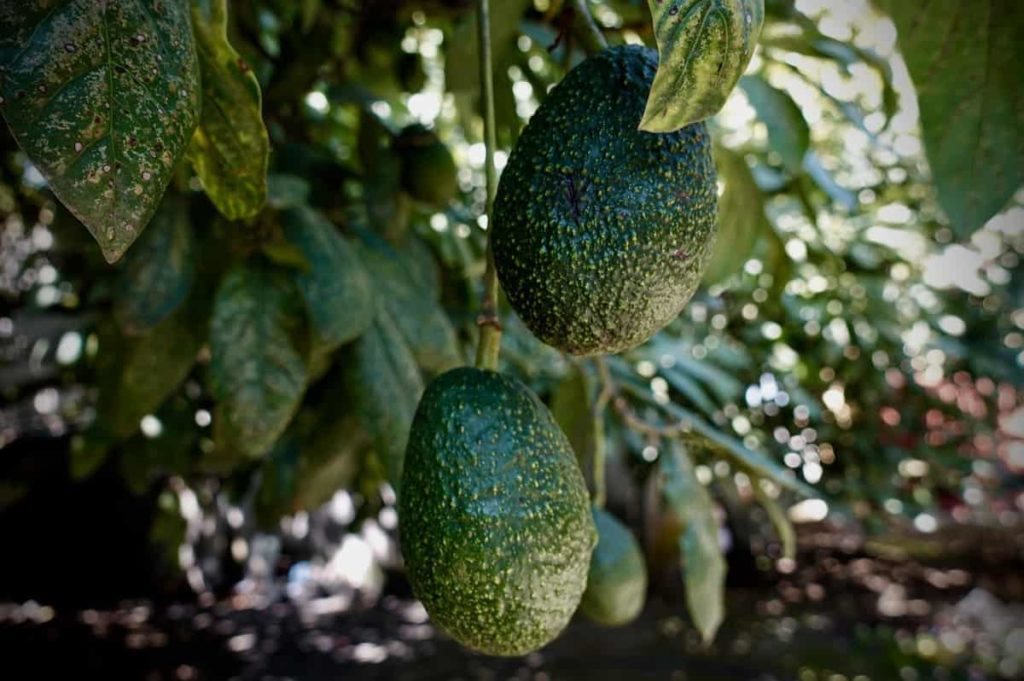
Avocado fertilizer schedule
Soil preparation
Avocado trees require a pH of soil 7.0 or below. You will need to check your soil pH before planting your tree. If you find out that your soil is alkaline, you can add organic matter like sphagnum peat moss to improve soil drainage and gradually acidify the soil at the same time. For every 1 square yard of soil, you add 1 kg sphagnum peat moss, the pH of the soil will be reduced by one unit.
Fertilizer for young trees
Fertilize your Avocado tree three times in the first year, once in late winter or early spring, once in the middle of summer, and once in the fall. Your tree will become inactive in winter and you should not fertilize it after late fall. Each application of nitrogen fertilizer should have the amount of 1 tablespoon of fertilizer to be broadcast or sprinkled on the soil around the tree. Follow each application of fertilizer with deep and thorough watering.
Fertilizer for mature trees
Fertilize mature trees with nitrogen following the same strategies used to compost young trees, but increase nitrogen intake every year. Use 100 grams of nitrogen in the second year of development, which is divided into three applications. In the third year, the Avocado tree will need 220 grams of nitrogen.
The amount of nitrogen you use to fertilize your Avocado tree will continue to grow by 100 grams every year unless you are using 450 grams of fertilizer, which is divided into three applications. It is the maximum amount of fertilizer you should use to fertilize any mature Avocado tree.
In case you miss this: How to Start a Fruit Garden from Scratch
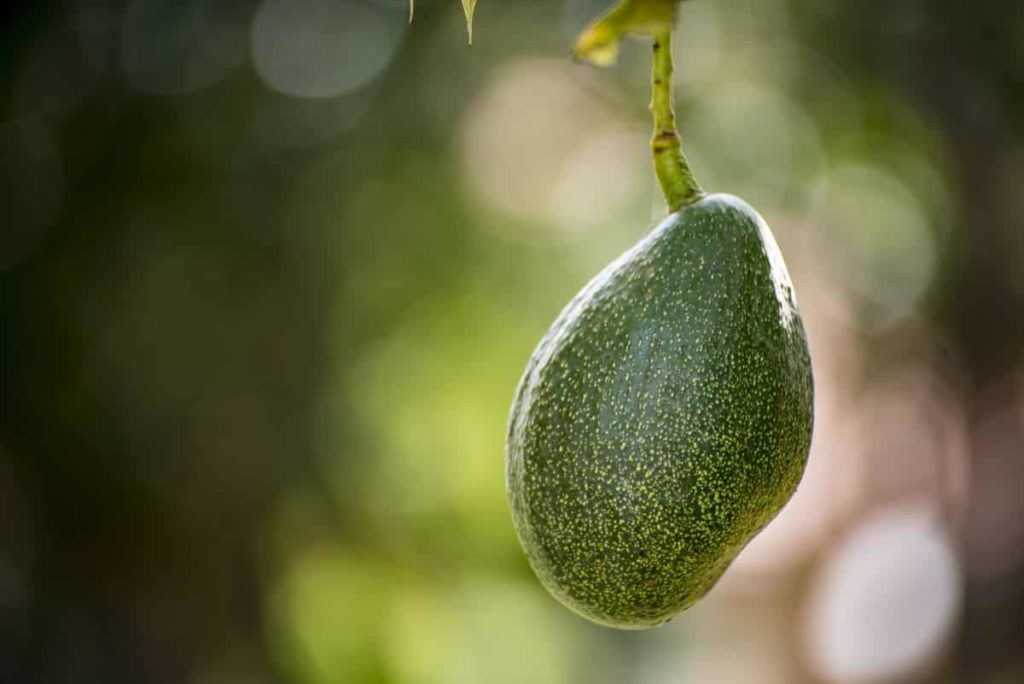
How to fertilize Avocado in pots
Fertilize Avocado plants grown in containers with citrus manure every two months for the first year. For best growth, Avocado trees require 6 to 10% nitrogen, phosphorus, and potash and 6% magnesium. 6-6-6 or 10-10-10 slow-release fertilizer is recommended with magnesium and micronutrients involved including zinc. When trees set up fruit, increase potassium supplement by 15% which is equivalent to 10-10-15 formulation with additional micronutrients.
Spray with trace elements, copper, zinc, manganese, and boron, three to four times from spring to summer until the tree is four years old. Do not spray copper when the temperature exceeds 34°C. If the tree is grown in alkaline soil and shows signs of iron chlorosis, including yellowing between the dark green veins of yellow new leaves, supplement with iron applications.
Frequently asked questions about fertilizers for Avocados (FAQ)
Is gypsum good for Avocado trees?
Avocado trees are acid-loving plants. While they will tolerate a slightly higher pH, they make the best progress in the ground with pH values falling into a very narrow band between 5.8 and 6.3. Gypsum applications are a good way to get the high calcium level required for this crop without lifting the soil pH.
In case you miss this: Top 30 Quick Growing Fruits In Containers/Pots
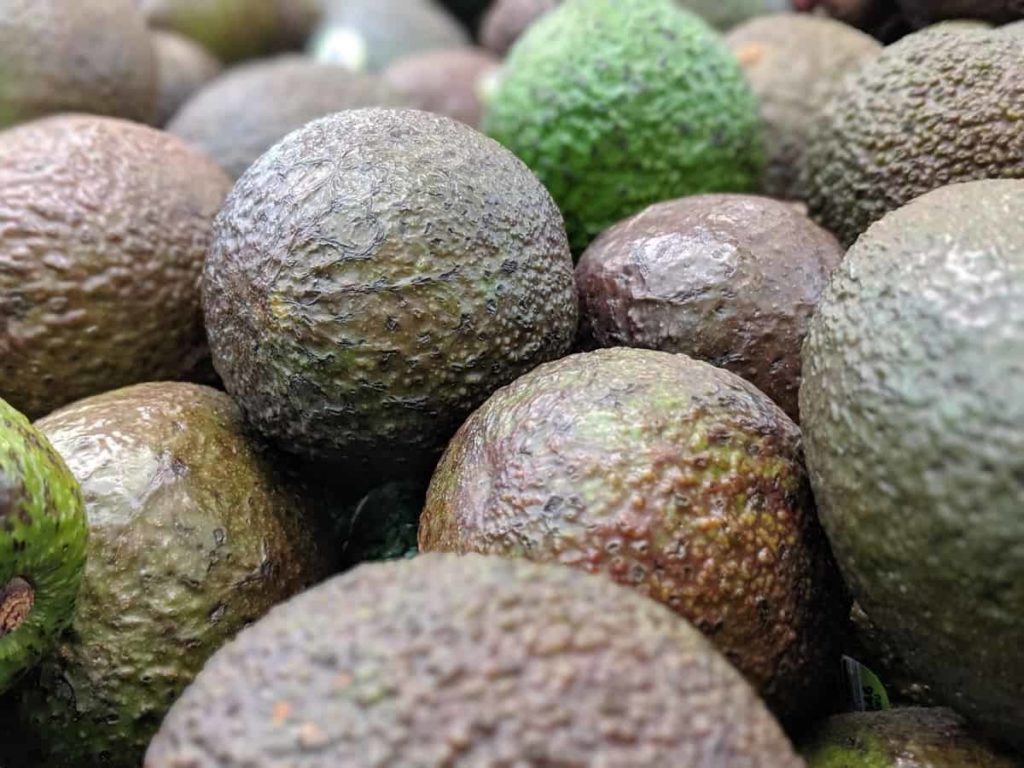
Why are my Avocado tree leaves turning brown?
When the Avocado tree leaves brown on the tips and edges, it is usually associated with the accumulation of salts in the soil.
Why are the leaves curling on my Avocado tree?
Underwater, nutrient deficiency, root rot, or sudden temperature changes are the most common causes of the curling of Avocado leaves.
- Flower Garden Designs and Layouts for Beginners
- Planting and Spacing Techniques in Papaya: A Beginner’s Guide
- Growing Gold: Essential Techniques for Planting Pineapples
- How to Make Kalanchoe Plant Bushy: Home Remedies and Solutions
- 11 Reasons Why Your Gardenia is Not Blooming: Home Remedies and Solutions
- Eco Elegance: The Guide to Designing a Drought-Tolerant Landscape
- Gardening on a Slope: Strategies for Hillside Landscaping
- Nourish and Flourish: Top Organic Mulches for Thriving House Plants
- Everything You Want to Know about Indian Mogra Flower: Discover Uses and Growing
- Green Thumb Success: Expert Tips for Cultivating Greenhouse Pumpkins All Year Round
- Maximize Growth & Flavor: The Ultimate Guide to Companion Planting in Herb Gardens
- How to Control Rhododendron Problems Naturally: Home Remedies and Organic Ways to Fix Them
- Natural Magic: The Remarkable Benefits of Cinnamon for Plants
- Best Steps to Revive Dying Tulip with Natural and Organic Treatment
- 10 Reasons Why Your Angel Trumpet is Not Blooming: Remedies and Treatment
- How to Fix Periwinkle Leaf and Flower-Related Problems: Natural Remedies and Solutions
- How to Fix Zinnias Leaf and Flower Problems: Discover Natural and Home Remedies
- Organic Steps to Induce Lemon Tree Flowers: A Comprehensive Guide
- Bloom Booster: Crafting the Perfect Homemade Bougainvillea Fertilizer
- Optimizing Growth: A Guide to Applying NPK Fertilizer for Potted Plants
- 10 Best Homemade Fertilizers for Rubber Plant: DIY Recipes and Application Method
- How to Boost Female Pumpkin Flowers: Effective Steps for More Flowers and High Yields
- Transform Your Indoor Garden: Top Benefits of Pink Salt for Houseplants
- 10 Best Homemade Fertilizers for Peacock Plants (Calathea): Easy DIY Guide
- Unlock Blooms: 9 Reasons Why Your Potted Chrysanthemum is Not Blooming
- 8 Reasons Why Your Potted Hibiscus is Not Blooming: Fix it with Simple Solutions
- Unlock Blooms: 9 Key Reasons Your Potted Frangipani Won’t Flower
- 10 Reasons Why Is My Ice Plant Not Blooming: Remedies and Treatment
- 10 Reasons Why My Potted Hydrangea Not Blooming: Treatment and Remedies
- 10 Reasons Why is My Wisteria Not Blooming: Remedies and Treatment
- 10 Reasons Why is My Goldfish Plant Not Blooming: Remedies and Treatment
- Maximize Your Space: Ultimate Guide to Balcony Gardening with Grow Bags
- 10 Reasons Why Your Iris is Not Blooming: Remedies and Treatment
- 10 Reasons Why Your Anthurium Plant is Not Blooming: Treatment and Remedies
- 10 Reasons Why Your Aquaponic Plants Are Not Flowering: Remedies and Treatment
- 10 Reasons Why Your Agapanthus is Not Flowering: Remedies and Treatment